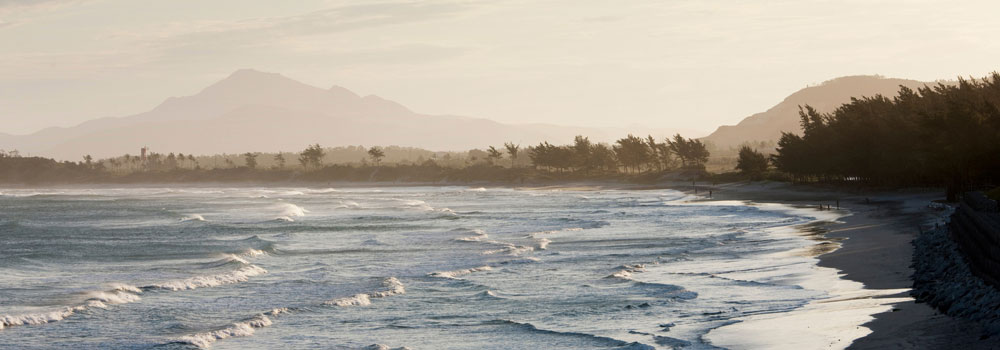The world’s fourth largest island and one of the most bio-diverse environments on earth, Madagascar’s a wonderful experience with kids.

If movie connections are strong in young imaginations, the wildlife won’t disappoint. Encounters with lemurs are extraordinary and amazingly close. And an immense landscape of rainforest, tropical jungle, dry grass plains and gorgeous Indian Ocean beaches is a backdrop for endless extraordinary experiences. Eco-tourism is where the focus lies in Madagascar today, so centring family holidays around one (or several) national parks and including beachy islands in the mix is easily the best way to plan a family holiday. Whatever you decide to do, the climate can be challenging and rugged walking’s always going to be involved to some extent, so this is definitely an adventure for older kids and teenagers rather than under 8s.
Over 90% of plant and animal species in Madagascar are indigenous and the country’s often referred to by ecologists as, ‘the eighth continent’.
Madagascar has the world’s only native population of lemurs. The largest, Indri, can grow to 120cm and tiny Mouse Lemurs seldom reach more than 10cm.
Protected land covers more than 2 million hectares, divided into 43 national parks, three UNESCO World Heritage sites and three UNESCO World Bio-spheres.
Madagascar has 250 satellite islands, 450km of coral barrier reef and a coastline 5000km long.
In the Indian Ocean, off the south east coast of Africa, Madagascar has temperatures between 25 and 30˚ year round. Driest months are from April to October and busiest months are July and August.
Madagascar has three UNESCO World Heritage sites: the Tsingy de Bemaraha petrified fields of limestone karsts; the Royal Hill of Ambohimanga and the Rainforests of the Atsinanana.
The traditional woodworking skill and style of the Zafimaniry are on the UNESCO Intangible Cultural Heritage list. There are over 100 Zafimaniry villages in Madagascar’s south central highlands.
If any country in the world needs visitors to tread lightly, it’s Madagascar. Best seen and enjoyed safely and responsibly with guides and recommended operators, this is not the holiday for self-drive. Roads are notoriously bad, sometimes non-existent during the rainy season from November to March; wildlife’s wild and so are most of the national parks; and the world’s fourth largest island is just as enormous as it sounds.
Most UK specialists understand this is a once in a lifetime experience and work imaginatively to keep the adventure intact. They also make sure you stay safe, travel carefully and don’t impact negatively on an environment where tourism and conservation are so delicately balanced.